Welcome to our regular blog slot, the ‘Friday Art Blog’.
You can return to the Art Collection website here, and search our entire permanent collection here.
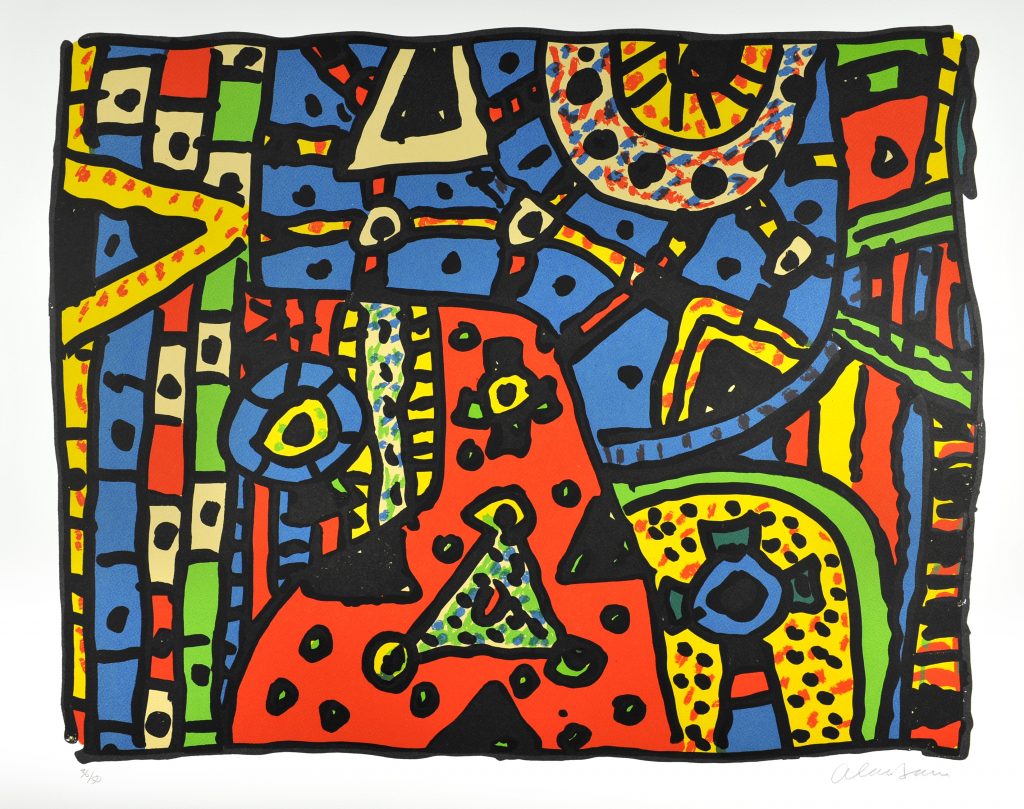
Grangemouth Image
Alan Davie
(Screenprint, 9/50, 2010)
Alan Davie (born on 28th September, 1920) would have been 100 years old this week.
In Davie’s over 60-year-long career there was never a clear distinction for him between drawing, painting and printmaking. They were all done in an intuitive, improvised manner. At the age of 80, he embarked upon a major campaign of screenprinting, working with the master printmaker Kip Gresham at Gresham Studio, near Cambridge. The nature of the collaboration was very close to Davie’s experience in playing jazz and his interest in freeform music. (He played tenor saxophone in an orchestra, and also piano, cello and bass clarinet). Links between his music and artworks can be detected in the bright, symbolic images he creates. All those involved are dependent on one another and experimentation is at the heart of the activity.
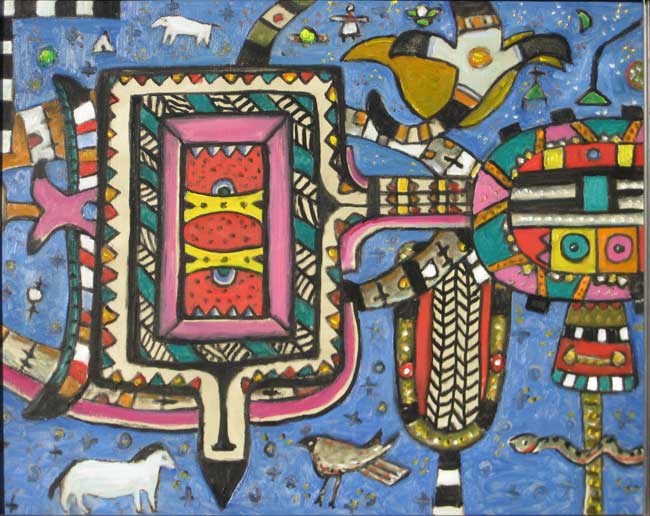
(Screenprint, 43/100, 2008)
Fascinated by ancient art and the philosophies of other cultures, Davie studied Zen Buddhism and Indian mythology. The signs and symbols in his work are an eclectic mix of the ancient and those conjured up by his own imagination. To read a National Galleries blog about him click here:
https://www.nationalgalleries.org/art-and-artists/features/alan-davie-1920-2014

(Lithograph, 2/25, 1965)
It is not unusual to find artists who play music or musicians who also paint, and there are other musical artists to be found in the University Art Collection.
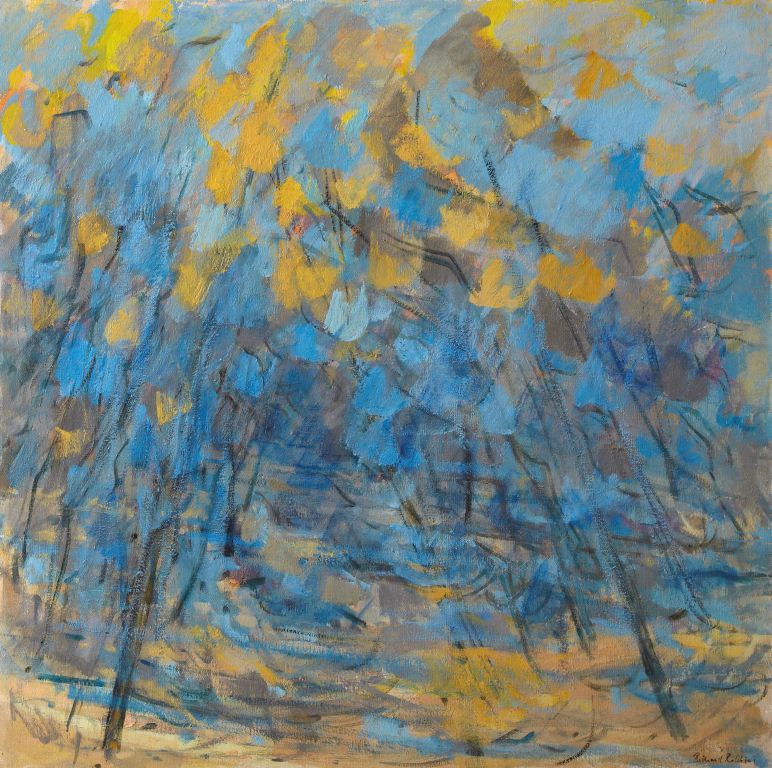
(Oil on canvas)
In a long and prolific career, one of Richard Robbins‘ innovations was his abstract painting “inspired by music”. He took part in a series of concerts in the “Rhythmic Ties” movement. Four of his largest abstract pictures — Life, Death, Laughter and Tears — were hung as a background to the playing of the Albanian violinist Alda Dizdari. He liked to quote Walter Pater’s saying: “All art constantly aspires towards the condition of music.”
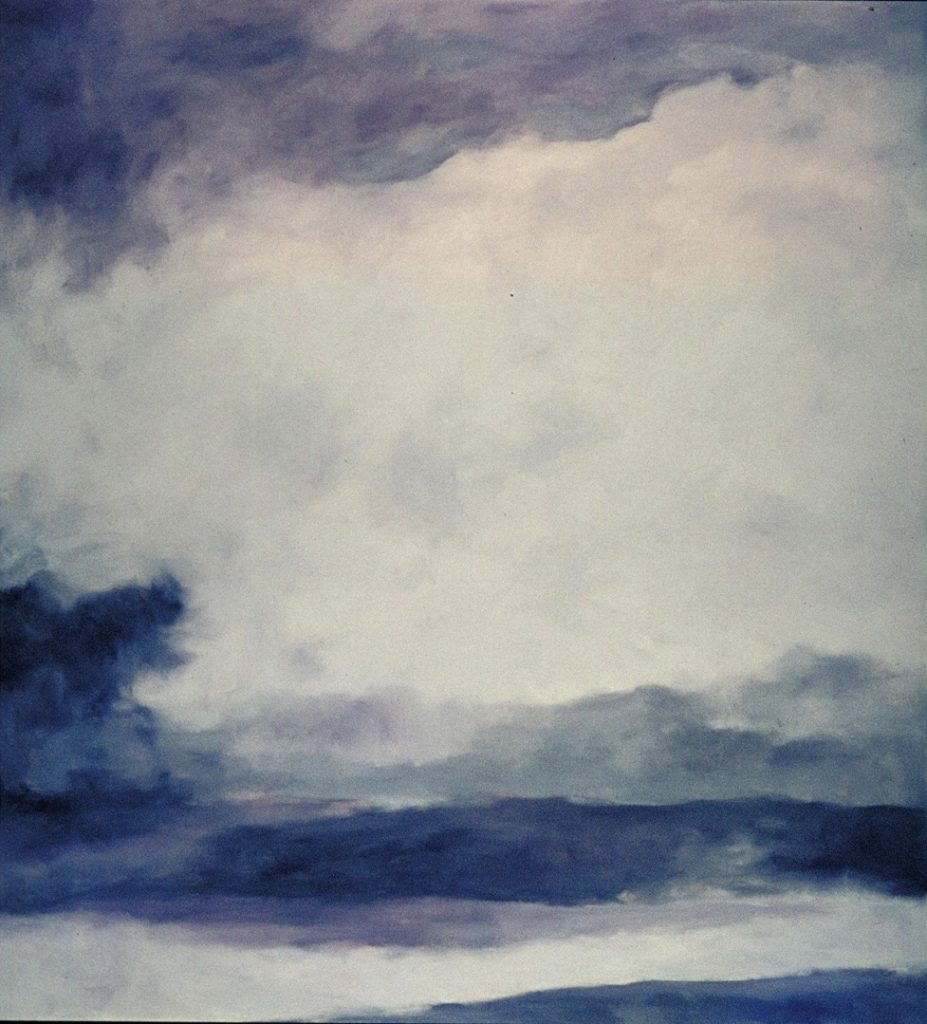
(Oil on canvas, 1973)
Jon Schueler’s influences included music – especially jazz. – and he was himself an accomplished jazz bassist.
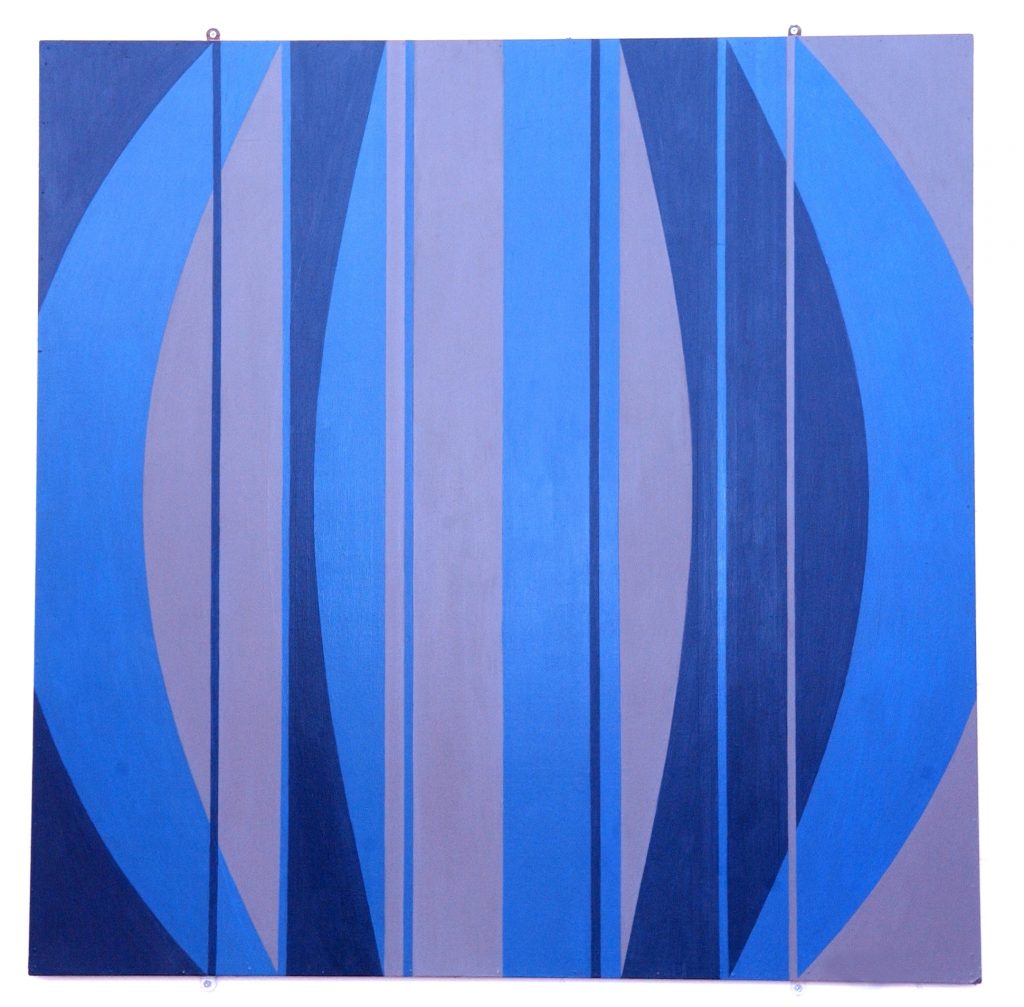
(Emulsion on board,1962)
As a young man, Michael Tyzack worked as a professional jazz trumpeter. Jazz had been a passion from his youth in Sheffield. He played in bands there and at the Slade, and for two years with the Oriole Jazz Band, a Bristol group that recorded. The name of this artwork – Yardbird – was a nickname for the legendary saxophonist Charlie Parker.
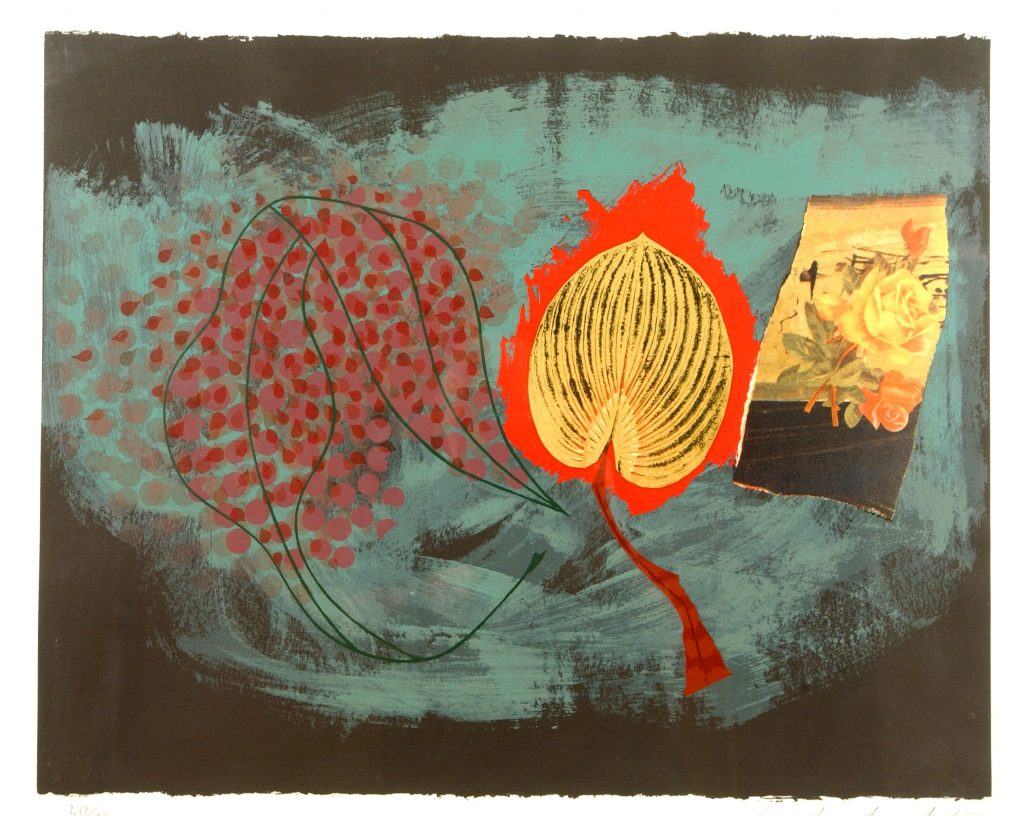
(Lithograph, 1967)
Ceri Richards was a talented musician, and music is a theme for much of his artwork. He assimilated poetry and music to his artistic purposes. His body of work is diverse but for all its diversity there is an underlying coherence. It is to be found in the constant recurrence of visual symbols and motifs always associated with the mythic cycles of nature and life. These symbols include rock formations, plant forms, sun, moon and seed-pods, leaf and flower. These themes refer to the cycle of human life and its transience within the landscape of earth.
Watch a short film showing Alan Davie at 90 – including some piano playing – here: